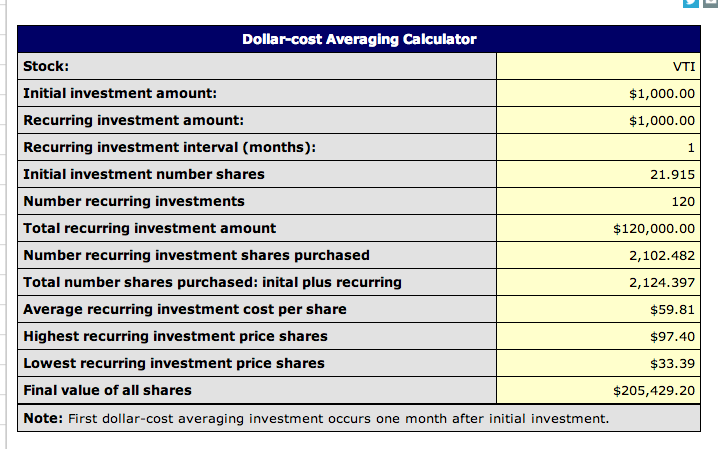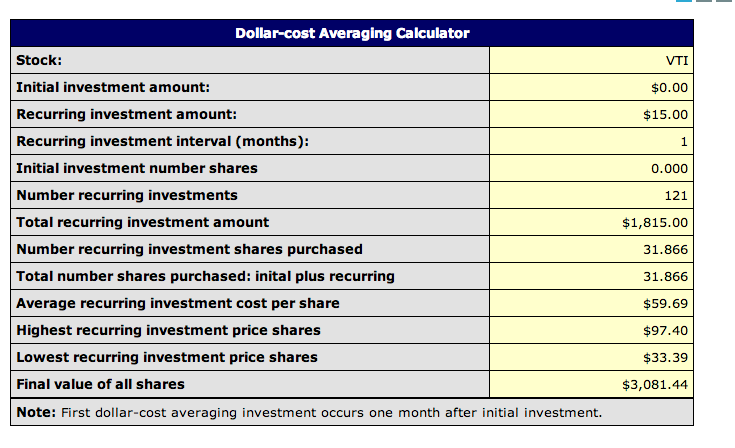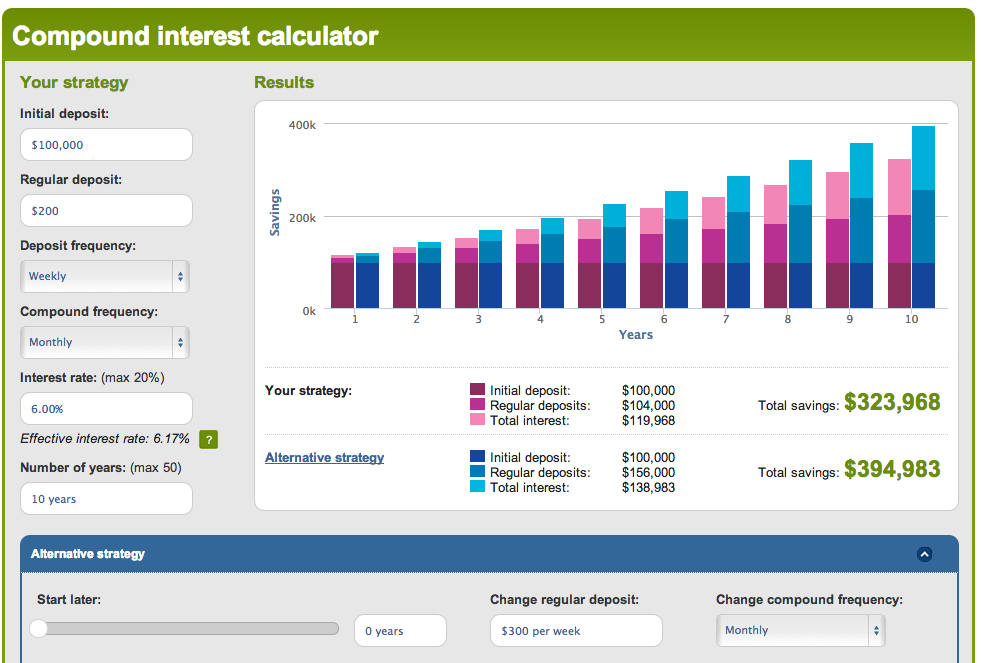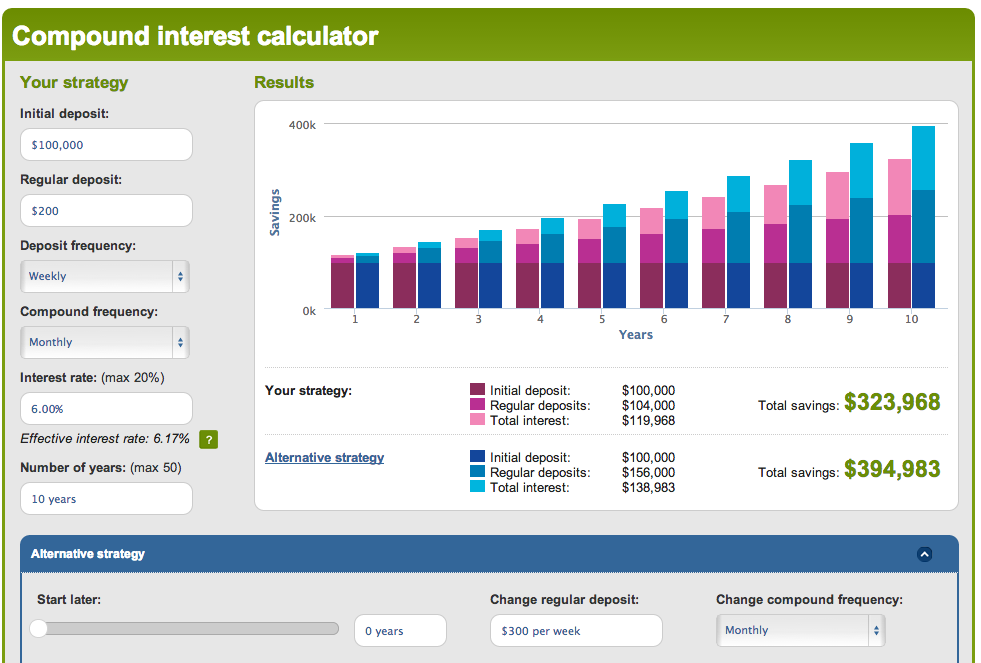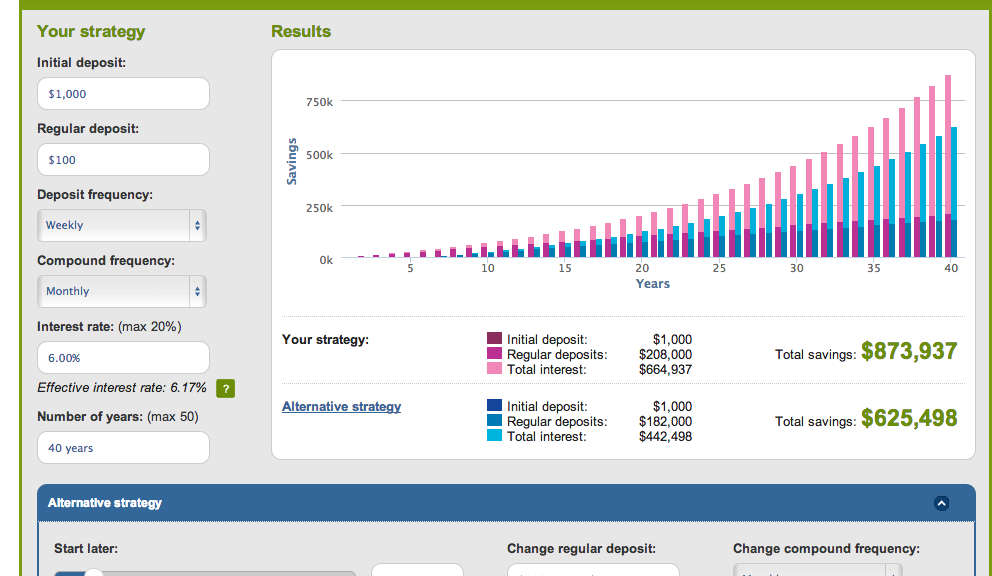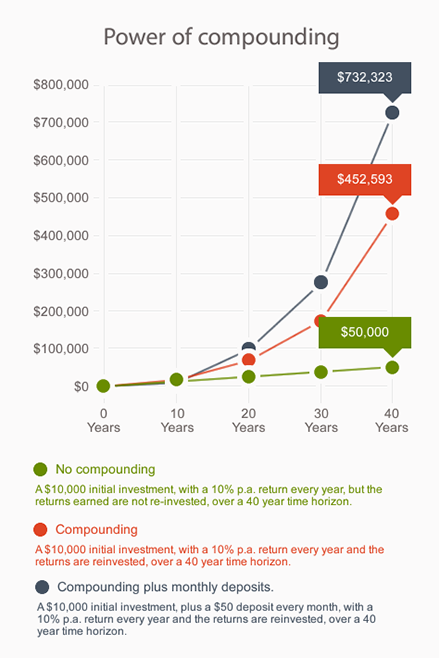Passing the time during a long journey, or even a short one, can be a nightmare when you have kids in tow. “Are we nearly there yet?” – how often do you hear this throughout the course of a journey?
You might want to shout “not yet!” but you have to understand that travelling for little ones, or even big ones, isn’t the same as it is for adults. We understand that it takes time to get somewhere, and that the waiting is worth it, but they don’t, they just want to get where they’re going, and are usually over-excited as a result. The key? Stay calm, take deep breaths, and your serene exterior will hopefully seep its way to your children.
Despite that, the key is also to keep them entertained, and thanks to modern technology, with iPads and tablets now owned by most families, games with an educational twist can be played on the go quite easily.
There’s no excuse not to instil a bit of learning into a journey, after all, you might as well put the waiting to good use. Age plays a part in what kind of games you can play, so let’s check out a few suggestions.
Younger children (ages 0 to 6)
Bingo – a quick internet search will give you plenty of worksheets you can print out, and a fun child-friendly game of bingo is a great pass-the-time idea, which also helps children recognise numbers. You can also play this with shapes for the younger children in this bracket. The winner gets to pick a treat!
Match colours and shapes – again matching colours and shapes is a game of repetition, which is how we learn best. You can easily print out some shapes and colour blocks before you leave and put them in your travel bag, whipping them out when boredom kicks in, and this is also a different twist on a game of snap!
Words that start with… – Practising the alphabet and developing vocabulary is easily done on the go, simply say a letter, and get your little ones to give you a word that begins with that letter. Again, a prize for the best suggestions.
Eye spy – I’ve put this in the younger age range, but its great for any age really, and also helps develop awareness of surroundings and the alphabet again. You can pass hours with this one!
Older children (ages 6 plus)
iPad – Older kids do tend to turn towards technology for keeping their minds active. Whilst the iPad is great for playing games, you can also download some educational apps and play them together. Even games such as Candy Crush Saga can be used to help develop matching skills, but why not download a language app and learn some of the language of the country you’re heading to, together as a family?
Carmen San Diego – The famous computer programmes aimed at children of around 8-12 years will pass hours, and they won’t even realise they’re learning. Cleverly using characters and plots, weaving in word play and using alliteration, this is a good way to learn language skills and vocabulary, and can be done on the go.
Country’s flags and currencies – Weave learning into where you’re going, by matching flags and currencies, flags and languages etc.
As you can see, all our suggestions take away the focus of learning, yet sneakily kids will develop skills whilst they’re doing them. That’s the best way to do it in my opinion! Imagination games, word play, using awareness of space and surroundings, asking questions on what they think things are, and discussing it – these are all ways to pass the time and learn something along the way.


